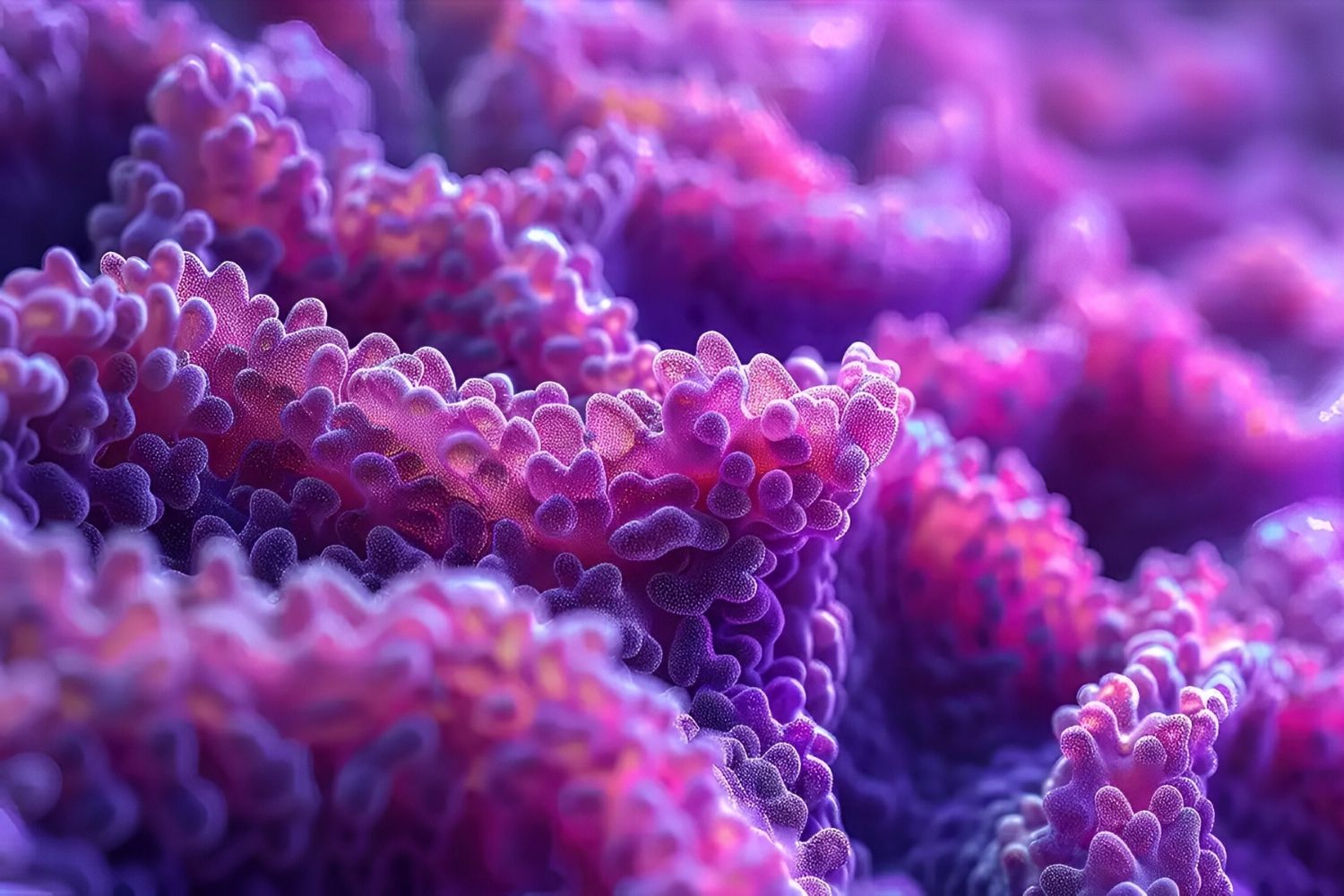
Diarrhea chronic with villous atrophy can be a confusing and distressing condition. Ever wondered why your stomach feels like it's in constant turmoil? This condition often results from damage to the small intestine's lining, leading to poor nutrient absorption. Villous atrophy means the tiny, finger-like projections in your intestines, called villi, are flattened or destroyed. This can cause persistent diarrhea, weight loss, and fatigue. Understanding the causes, symptoms, and treatments can help manage this condition better. From celiac disease to infections, several factors can trigger this issue. Let's dive into 35 essential facts to help you grasp the complexities of chronic diarrhea with villous atrophy.
Key Takeaways:
- Villous atrophy in the small intestine can cause chronic diarrhea and nutrient deficiencies, often linked to celiac disease. A gluten-free diet, regular monitoring, and personalized diet plans are crucial for managing this condition.
- Symptoms like weight loss, fatigue, and bone health issues can impact individuals with chronic diarrhea and villous atrophy. Probiotics, stress management, and proper hydration play a key role in symptom management.
Understanding Diarrhea Chronic with Villous Atrophy
Diarrhea chronic with villous atrophy is a condition that affects the small intestine, leading to persistent diarrhea and nutrient malabsorption. This condition can be challenging to manage and understand. Here are some key facts to help you grasp this complex issue.
- Villous Atrophy: This refers to the damage and flattening of the villi, tiny finger-like projections in the small intestine that absorb nutrients.
- Celiac Disease: Often, villous atrophy is associated with celiac disease, an autoimmune disorder triggered by gluten.
- Gluten-Free Diet: For those with celiac disease, a strict gluten-free diet can help heal the villi and reduce symptoms.
- Non-Celiac Causes: Other conditions like infections, Crohn's disease, and certain medications can also cause villous atrophy.
- Symptoms: Common symptoms include chronic diarrhea, weight loss, fatigue, and bloating.
- Diagnosis: Diagnosing this condition typically involves blood tests, stool tests, and an endoscopy with a biopsy of the small intestine.
- Nutrient Deficiencies: Due to malabsorption, patients often suffer from deficiencies in vitamins and minerals like iron, calcium, and vitamin D.
- Bone Health: Long-term nutrient deficiencies can lead to osteoporosis or other bone health issues.
- Children: In children, this condition can cause growth delays and developmental issues.
- Immune System: A weakened immune system can make individuals more susceptible to infections.
- Treatment: Treatment focuses on addressing the underlying cause and managing symptoms through diet and medication.
- Probiotics: Some studies suggest that probiotics may help improve gut health and reduce symptoms.
- Hydration: Maintaining proper hydration is crucial, especially during episodes of severe diarrhea.
- Fiber Intake: Adjusting fiber intake can help manage symptoms, but it should be done under medical supervision.
- Stress: Stress management techniques like yoga and meditation can help reduce symptom severity.
- Regular Monitoring: Regular follow-ups with a healthcare provider are essential to monitor progress and adjust treatment plans.
- Support Groups: Joining support groups can provide emotional support and practical advice from others with similar experiences.
- Travel Precautions: When traveling, individuals should take precautions to avoid gluten exposure and maintain their diet.
- Label Reading: Learning to read food labels carefully is vital for avoiding gluten and other triggers.
- Hidden Gluten: Gluten can be hidden in many processed foods, sauces, and even medications.
- Cross-Contamination: Avoiding cross-contamination in the kitchen is crucial for those on a gluten-free diet.
- Cooking at Home: Cooking meals at home can help ensure that food is safe and free from gluten.
- Restaurant Dining: When dining out, it's important to communicate dietary needs clearly to restaurant staff.
- Alternative Grains: Quinoa, rice, and corn are safe alternatives to wheat, barley, and rye.
- Nutritional Supplements: Supplements may be necessary to address nutrient deficiencies.
- Personalized Diet Plans: Working with a dietitian can help create a personalized diet plan that meets nutritional needs.
- Medication Management: Some medications may need to be adjusted or avoided to prevent worsening symptoms.
- Long-Term Outlook: With proper management, many individuals can lead healthy, active lives.
- Research: Ongoing research is exploring new treatments and better understanding of this condition.
- Genetic Factors: Genetics can play a role in susceptibility to celiac disease and villous atrophy.
- Environmental Triggers: Infections and other environmental factors can trigger or worsen symptoms.
- Autoimmune Connection: Other autoimmune diseases, like type 1 diabetes, are more common in individuals with celiac disease.
- Lactose Intolerance: Secondary lactose intolerance can occur due to damage to the small intestine.
- Symptom Tracking: Keeping a symptom diary can help identify triggers and track progress.
- Education: Educating family and friends about the condition can help create a supportive environment.
Final Thoughts on Chronic Diarrhea with Villous Atrophy
Chronic diarrhea with villous atrophy can be a challenging condition to manage. Understanding the underlying causes, such as celiac disease or other gastrointestinal disorders, is crucial for effective treatment. A proper diagnosis often involves blood tests, stool samples, and sometimes a biopsy of the small intestine. Once diagnosed, treatment usually includes dietary changes, medications, and regular follow-ups with healthcare providers.
Living with this condition requires vigilance and a proactive approach to health. Staying informed about potential triggers and maintaining a balanced diet can significantly improve quality of life. Always consult with medical professionals for personalized advice and treatment plans. By staying educated and proactive, individuals can better manage their symptoms and lead healthier lives.
Frequently Asked Questions
Was this page helpful?
Our commitment to delivering trustworthy and engaging content is at the heart of what we do. Each fact on our site is contributed by real users like you, bringing a wealth of diverse insights and information. To ensure the highest standards of accuracy and reliability, our dedicated editors meticulously review each submission. This process guarantees that the facts we share are not only fascinating but also credible. Trust in our commitment to quality and authenticity as you explore and learn with us.
